Vision development
Vision development in children
Vision stimulation
Suspect problems with vision?
Vision development milestones in children
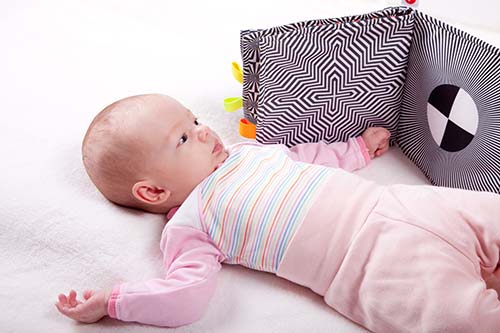
Two months:
Your child ought to be completely comfortable with eye contact and ought to be able to stay focused on your face for a while, as well as follow it when you move.
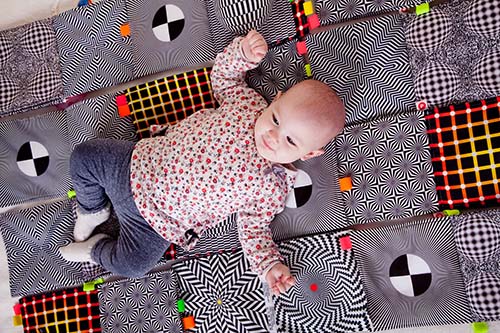
Four months:
The child has been wanting to use their hands for a while. They can look down at their hands, lift them up, and put them in their mouth. They are beginning to grab things haphazardly, such as objects, which you hold in front of them.
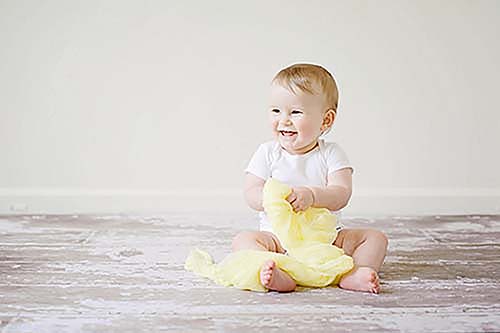
Six months:
The eye movements are developing well, and the eyes follow without problem, when you move a toy about in front of the child. The child can move things from one hand to the other. The child also recognises faces, such as mum’s, dad’s, and siblings.
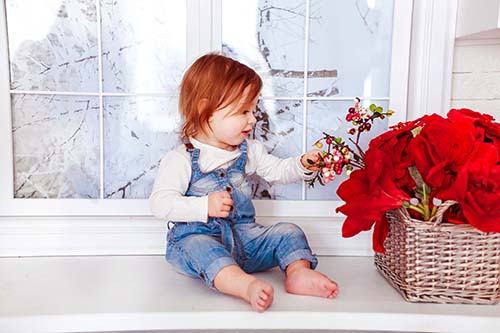
12 months:
The eye strength in both eyes has now developed well. The child finds pictures and drawings funny.
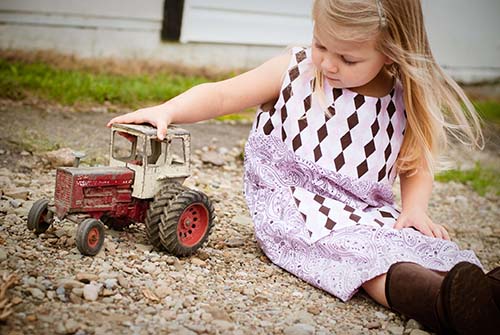
Two years:
The eyes, hands, and body coordinate with each other well. The child can pinpoint things with the same colour and shape, and identify pictures in a book, which you mention.
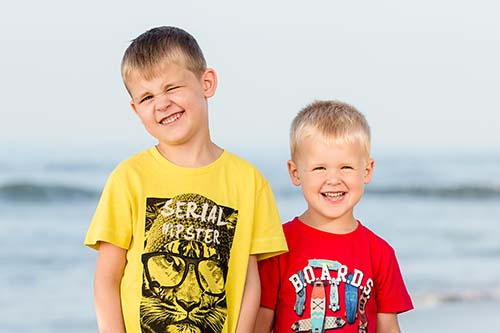
Three to six years:
During these years in a child’s life, vision ability ought to become more and more certain. If you notice that your child’s eyesight is poor, then it is still possible through vision therapy to train the eye. But the older the child is, the more difficult it becomes to get a good result. When your child is six years old, their eyesight is almost completely developed.
